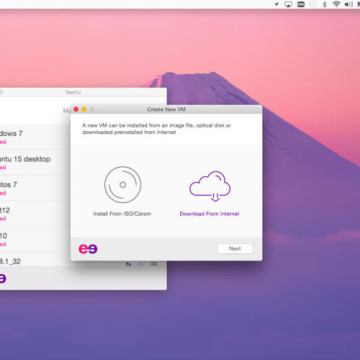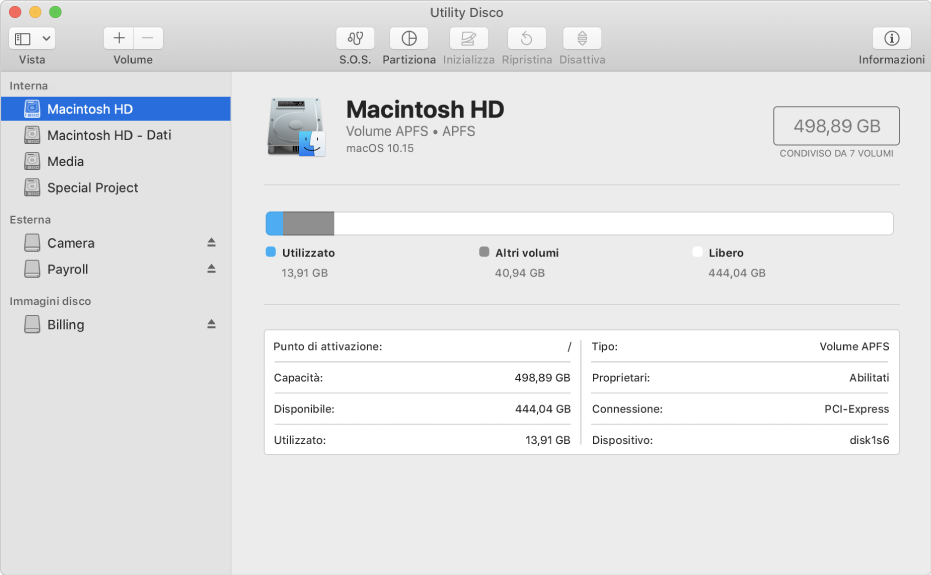

- #Mac utility disco how to
- #Mac utility disco mac os x
- #Mac utility disco password
- #Mac utility disco free
- #Mac utility disco mac
Boot your Mac and hold down ⌘-R (Command –R) to boot from the Mac’s Recovery HD partition.
#Mac utility disco mac os x
Update – June 11, 2013: As of Mac OS X 10.8.4, you will need to unlock the encrypted volume first, then you will be able to decrypt it.
#Mac utility disco password
In the event that you find yourself in this place, or you’re about to be, here’s how you can unlock or decrypt your FileVault 2-encrypted drive using Disk Utility and the password of an account that’s authorized to log in at the FileVault 2 pre-boot login screen. Difficult for many, yes, but details beyond anything else.Bad things happen and sometimes those bad things cause your FileVault 2-encrypted Mac to be unbootable. If you want real SMART monitoring, this is the way to go. There are some graphical user interfaces for it but they may require X-Windows.

It’s an old style app from the Unix/Linux world, ported to OS X that uses a command line interface. smartmontools has smartctl which displays the current SMART status of a drive in considerable detail, and smartd which is a daemon process to periodically monitor the SMART status of a drive.
#Mac utility disco free
One tool not mentioned is smartmontools – not for the faint of heart and it’s SMART testing, but it’s free and excellent. A few other tools (that I’m not going to name) say they can do the same thing, but I haven’t been impressed with them – kind of like comparing a Yugo to a Ferrari, if you get my drift. Disk Warrior also rocks because it can reconstruct drive index files on a problematic drive. Scannerz finds weak sectors along with bad sectors and can be used to troubleshoot cable and system problems. It’s also important to note Disk Utility isn’t a 100% conclusive test suite to determine drive health, and if you hear weird sounds coming out of the hard drive it’s probably a good time to head down to Apple and prepare for a drive swap because that drive is likely going to croak soon.įinally, if you need to perform further maintenance on the disk, then you may need to use fsck to repair the drive, which is a bit more complex and requires the usage of the command line. Hard drives fail, it’s a fact of computing life.

#Mac utility disco how to
In this case all you need to do is reboot into the Recovery HD partition and run Repair Disk from there, here’s how to do that in Modern MacOS versions including macOS Sierra, High Sierra, Mac OS X El Capitan, Mavericks, Yosemite, OS X Lion, Mountain Lion, and OS X Mavericks.īefore proceeding it’s a good idea to backup your drive quickly with Time Machine. How to Repair a Boot Disk with Disk Utility That doesn’t mean you can’t repair the boot drive though, it just requires an additional step which we’ll cover next. If you do see a red message saying something along the lines of “Error: This disk needs to be repaired” you can just choose to click the “Repair Disk” button to start that repair process, that will work for any internal or external drive – unless the drive in question is your boot disk, then you will find the “Repair Disk” button is inaccessible. Verifying partition map for “APPLE Media”Ĭhecking the EFI system partition’s file systemĬhecking all HFS data partition loader spacesĬhecking Core Storage Physical Volume partitions Disk Utility should resemble something like the following screen shot:įor the vast majority of users, what you see will look something like this, finalizing with a message of “The partition map appears to be OK”, indicating that no errors have been found: You will find the window populating with messages about the drives health, messages that indicate things are fine appear in black, messages that indicate something is wrong appears in red. Click on “Verify Disk” in the lower right corner and let it run.Select the Mac hard drive from the left side menu and click on the “First Aid” tab.Launch Disk Utility, found within the /Applications/Utilities folder.


 0 kommentar(er)
0 kommentar(er)
